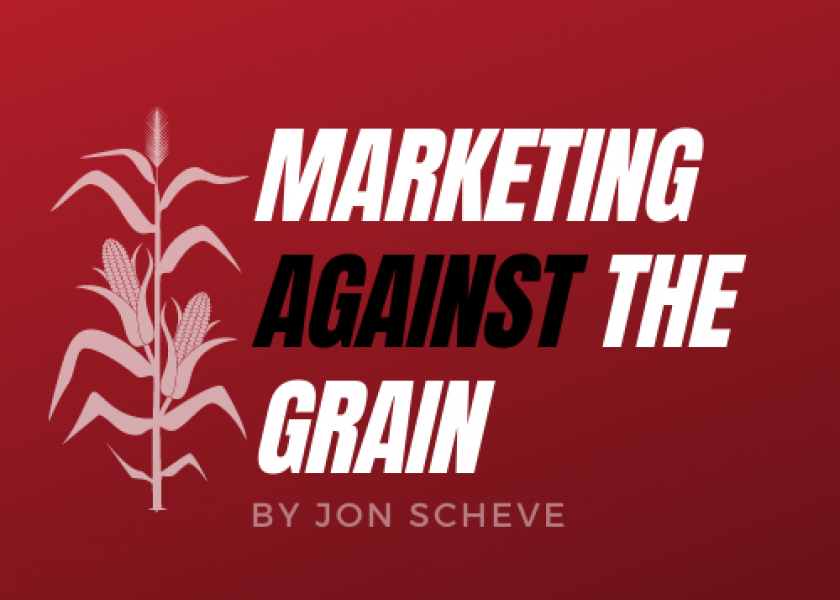Asking the Right Questions When Discussing Early Yield Results

Missed a recent article by Jon Scheve? Get it sent to you directly every week. Send a request by email: jon@superiorfeed.com
Market Commentary for 9/17/21
The market is trying to determine what the upcoming harvest yields will be. Early reports where harvest has started south of I-80 are positive. Generally, areas that received ample precipitation are experiencing better than average yields. However, there were also many pockets of dry weather too, so overall yields are unclear right now. In Illinois specifically, expected yields are varying more than previously estimated.
Still, more dry weather was experienced north of I-80 and west of I-35 where harvest won’t start for another week. Therefore, average yield estimates will remain largely uncertain a little longer.
Asking the Right Questions When Discussing Early Yield Results
As harvest begins to ramp up, early progress reports begin to spring up on social media and local talk among farmers at elevators or coffee shops can run rampant. I also receive many secondhand reports of corn and bean yields throughout the Midwest. While everyone wants to get some early insight into realistic expected yields, I find most statements in these situations provide limited context to be helpful.
Trendline Yields and Local Knowledge Is Important
Reports that don’t include trendline yields of the area or field are not very useful. Even when comparisons to last year’s crop are provided it can still be somewhat meaningless to someone who does not farm in that area. For example, a central Nebraska farmer who irrigates may be disappointed if yields are under 250 bushels per acre (bpa). However, a North Dakota farmer may be pleased with yields around 125 bpa given how dry it was this year. In Ohio average yields can fluctuate 40 bpa within 40 miles.
All Fields Matter, Not Just the Best Area of the Field That Outperforms
Farmers often share early results of the best area of their top-performing field. While having the yield monitor jump up is great and fun to watch, the yields of the entire field are more important because every acre contributes to the farm’s overall average.
Final Estimates Should Also Include Shrink
Shrink occasionally is not discussed in preliminary numbers either. Yields at 25% moisture are very different than the actual yield after shrink to 15% is considered. On a field with 250 bpa that would mean 25 bpa less production, which could mean a significant yield average shift for one farm.
Understanding If Yields Met Expectations Can Provide Insight Too
I always like to know if the field’s yield met the farmer’s expectations from early August. If the expectation was not met, I like to understand why. Was there green snap, nitrogen leach, dry weather, hail, or some other reason? Was the situation isolated to just that farm, or were other area farms affected too?
Bottom Line
Knowing and understanding more field detail and what a producer was expecting from it gives a much more accurate picture of what the final yield should look like at the end of harvest. Asking the questions “How did your yields compared to normal?” and “Did the yields meet your expectations from early August?” can help put things in perspective for everyone. Still, even with all of these questions, early results can only provide so much information. While it’s easy to get caught up in the early results talk, I find it’s generally better to just be patient and wait for more informed harvest results in late September and early October to have a better feel of national yield direction.
Want to read more by Jon Scheve? Check out recent articles:
Did The Corn Market Just Establish $5 As This Season's Price Floor?
Will Corn Pull Back To $5? Are Beans Finished Going Down?
No, Oats Do NOT Know & Lumber Prices Have No Bearing On Grain Values
Seasonal Pull Back In Prices as Harvest Approaches, But Will It Last?
Corn And Bean Prices Can Potentially Rally Going Forward
The Spread Between Posted Bids And Prices End Users are Willing To Pay Could Be More Than 60 Cents
How I Save Time And Money By Hiring Commercial Trucks To Haul Grain Off My Farm
Why Inverse Markets Mean Farmers Should Sell Their Grain Now and Not Later
Basis & Spread Trades Can Add to Your Bottom Line
Jon Scheve
Superior Feed Ingredients, LLC
jon@superiorfeed.com







